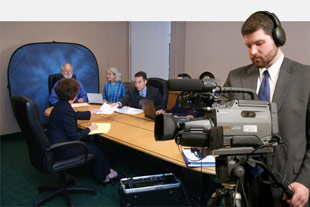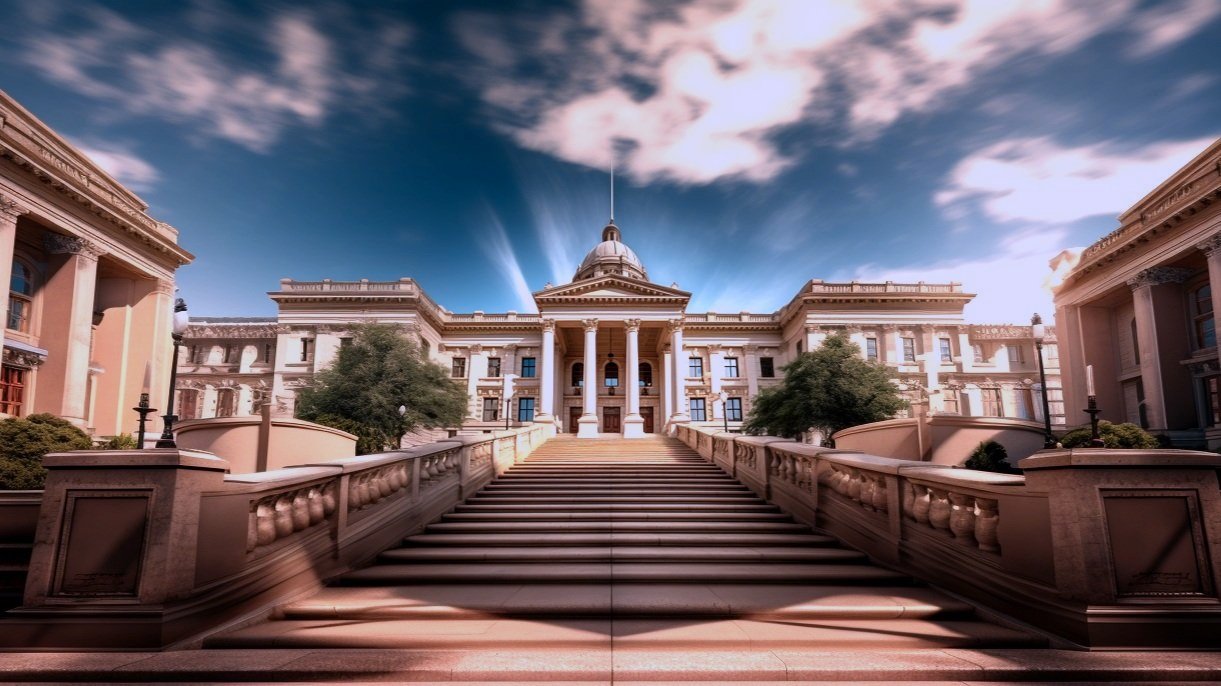How Legal Videography Can Make or Break Your Legal Strategy
Exploring the Mechanisms of Lawful Videography: Unveiling Its Procedure in Shielding Authentic Aesthetic Statement for Judicial Process
In the world of judicial proceedings, the function of legal videography stands as a keystone in protecting and providing visual proof. As innovation remains to breakthrough, the systems behind legal videography have come to be significantly complex, providing a critical layer of authenticity to testimonies captured on video. By delving right into the operational complexities of legal videography, one can reveal the thorough procedures that protect the stability of visual evidence offered in court rooms - Legal Videography. This exploration not only clarifies the historical development of lawful videography however also means the future trends that may additionally reinvent just how visual testaments are promoted in the realm of justice.
Historical Development of Lawful Videography
Examining the historic development of lawful videography discloses a substantial transformation in the recording and presentation of visual evidence within the legal landscape. In the past, lawful proceedings greatly depended on composed transcripts and pictures to record occasions and supply proof. With the arrival of video clip innovation, the legal sector witnessed a standard change in how visual statement was caught and offered.
The evolution of legal videography can be traced back to the late 20th century when developments in video clip recording equipment made it much more obtainable for usage in court rooms. This technological innovation not just improved the precision and integrity of aesthetic evidence however additionally revolutionized the way cases existed to juries and courts (Legal Videography). Lawyers started to identify the convincing power of video clip recordings in communicating emotions, nuances, and non-verbal cues that created transcripts or pictures alone might not catch successfully

Technology Improvements in Video Clip Documentation
What essential technological advancements have changed video paperwork in the legal area? The legal area has seen substantial innovations in video clip documentation modern technology that have actually improved the authenticity and dependability of aesthetic evidence in judicial procedures.
Moreover, improvements in video file encryption and watermarking technologies have strengthened the safety and tamper-proof nature of video evidence, securing it against unapproved modifications or meddling. Furthermore, the advent of cloud storage remedies and remote access abilities has structured the storage, access, and sharing of video clip proof, assisting in smooth partnership among attorneys and making sure efficient access to crucial aesthetic testaments when required. These technical improvements in video clip paperwork have actually unquestionably transformed the lawful area, boosting the precision, credibility, and admissibility of visual proof in judicial proceedings.
Role of Legal Videographers in Court Room Setups
The advancement of video documentation technology in the lawful field has actually necessitated a critical function for legal videographers in courtroom setups, making certain the honesty and integrity of visual testimonies offered throughout judicial procedures. Lawful videographers play click for info an essential duty in catching and maintaining accurate aesthetic evidence that can be essential in litigation. Their obligation includes establishing tools, taping proceedings, and creating premium videos that accurately reflect the occasions in the courtroom.
In court room settings, lawful videographers should follow stringent standards and requirements to preserve the credibility of the visual document. They must have an eager eye for detail and a comprehensive understanding of lawful procedures to make certain that the footage they capture is a real depiction of the events that took place. In addition, legal videographers commonly work carefully with legal groups to guarantee that the video clip proof aligns with the instance's needs and can be efficiently presented in court to sustain the legal disagreements being made. Overall, the function of lawful videographers in court room setups is indispensable in maintaining the concepts of justice and ensuring the openness of legal procedures.

Ensuring Admissibility and Integrity of Video Clip Proof
To maintain the reliability of visual proof offered in legal proceedings, guaranteeing the admissibility and stability of video proof is a crucial duty for lawful videographers. Admissibility refers to the acceptance of proof by the court, and for video evidence to be acceptable, it must satisfy specific criteria. Legal videographers play a critical duty in guaranteeing that the videos they catch abide by the guidelines of evidence, such as dependability, credibility, and importance.
Honesty of video clip evidence entails keeping the creativity and precision of the video footage from the time it is tape-recorded up until it is provided in court. This includes securely keeping the video clip data, documenting the chain of wardship, and protecting against any meddling or modifications. Legal videographers need to stick to rigorous methods to ensure the stability of the video clip proof and stop any type of challenges to its authenticity.
Future Trends in Legal Videography
Provided the raising dependence on innovation in legal proceedings, legal videographers are poised to accept innovative developments forming the future of visual testament capture and presentation. One of the noticeable patterns on the horizon is the integration of virtual truth (VR) and boosted reality (AR) technologies right into legal videography. These modern official statement technologies have the prospective to revolutionize how aesthetic evidence is offered in courts, allowing juries and courts to immerse themselves in the scene of the criminal activity or occurrence.
In addition, making use of expert system (AI) algorithms for video analysis is expected to improve the procedure of examining and assessing big quantities of video footage. AI can aid in determining essential moments, anomalies, and patterns within video clips, useful link enhancing the effectiveness of legal investigations.

Conclusion
Finally, lawful videography has played a crucial role in providing genuine aesthetic evidence for judicial procedures. Through technical advancements and the know-how of lawful videographers, the honesty and admissibility of video proof are ensured in court setups. As lawful videography continues to progress, it will certainly be necessary to maintain criteria that maintain the accuracy and dependability of aesthetic testament for the future of legal procedures.
Checking out the historical progression of lawful videography reveals a considerable makeover in the capturing and presentation of aesthetic evidence within the legal landscape.The development of video clip documents technology in the legal area has actually necessitated an important duty for lawful videographers in court room settings, guaranteeing the stability and integrity of aesthetic testimonies provided throughout judicial process. In addition, lawful videographers frequently function carefully with legal teams to make sure that the video clip proof lines up with the instance's needs and can be properly presented in court to sustain the lawful disagreements being made.To keep the reputation of visual proof offered in lawful process, guaranteeing the admissibility and honesty of video proof is a crucial responsibility for lawful videographers. As lawful videography proceeds to evolve, it will certainly be vital to maintain requirements that preserve the accuracy and integrity of visual statement for the future of legal procedures.